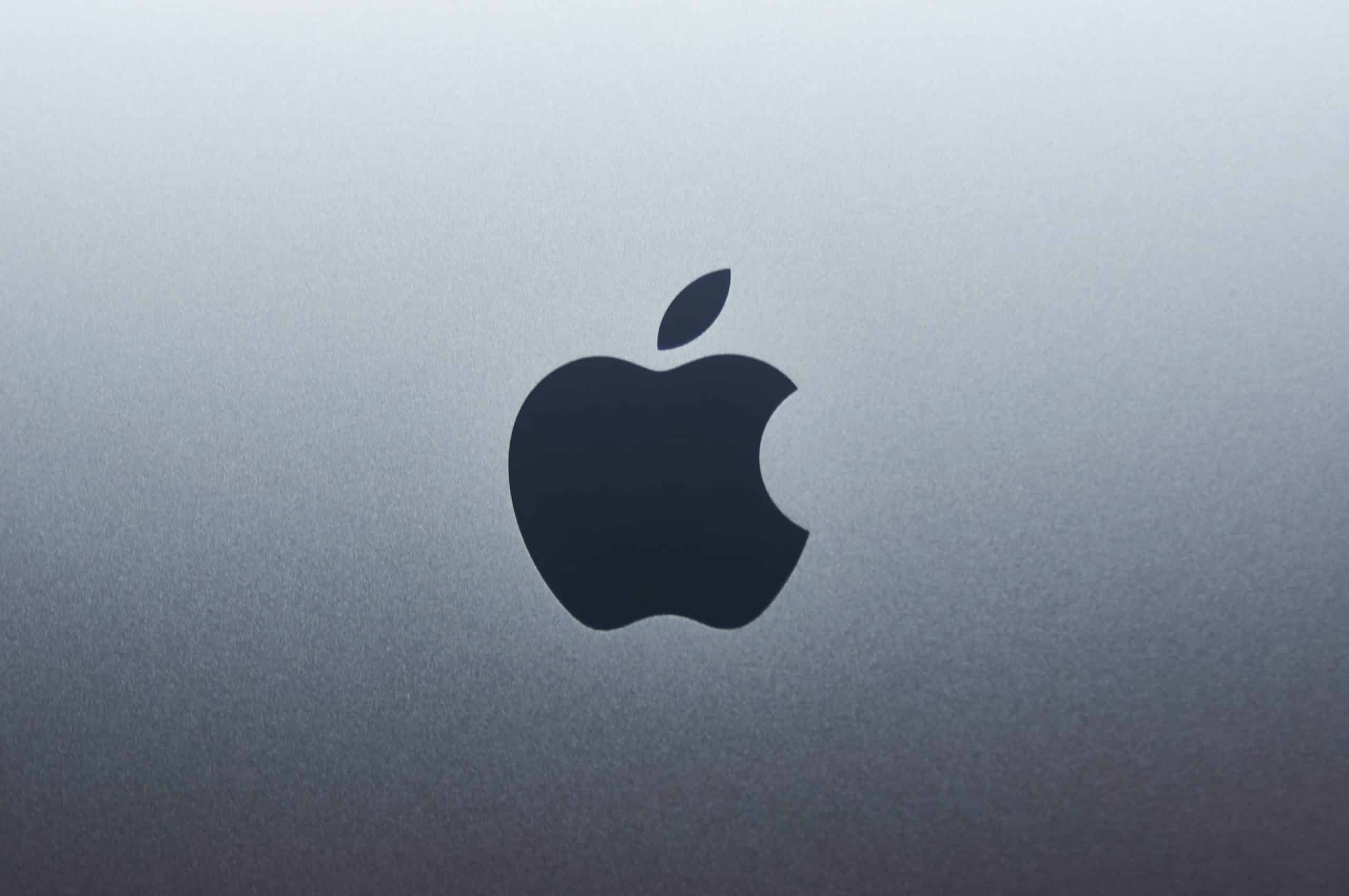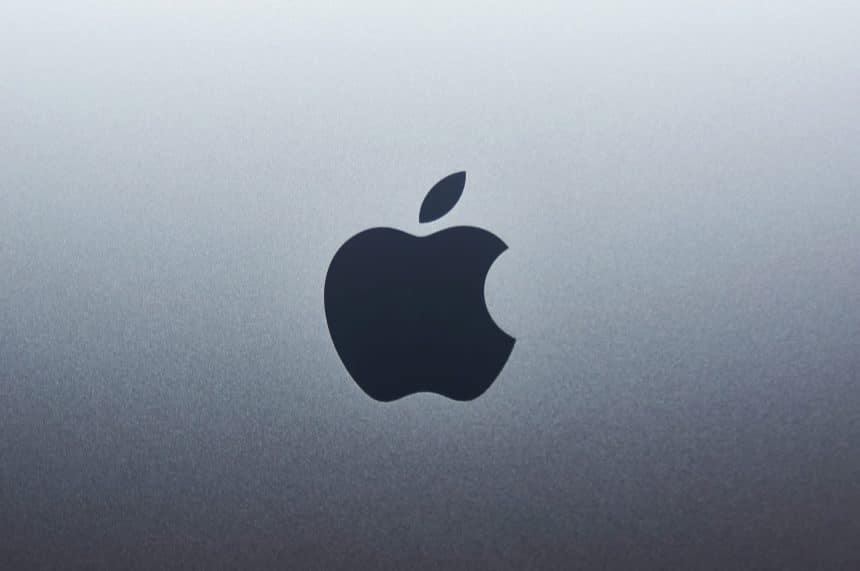Public concern over Apple’s Digital ID continues to spread, even though the system limits how information is shared. Many people worry that digital licenses in Apple Wallet could expose personal data or allow tracking. However, experts note that these fears do not match how the feature actually works.
Some critics link the Digital ID to government surveillance. They argue that authorities could monitor when and where an ID is used. Yet similar tracking already exists through other systems. For example, public cameras and license plate readers collect location data every day. Cell carriers also know a user’s position based on their phone connection.

How Apple Protects User Information
Apple designed its Digital ID to keep information stored securely on the iPhone itself. Credentials stay inside the Secure Enclave, which uses cryptographic keys that never leave the device. Because of this, data remains locked away from outside access.
Additionally, Apple does not send usage logs to issuing agencies. The system only shares information after the user reviews and approves the request with Face ID or Touch ID. Only selected fields, such as a photo or date of birth, travel through encrypted communication.
Even when a user syncs their ID across devices, Apple relies on end-to-end encryption. Not even Apple can read the stored credentials. As a result, fears of silent or remote tracking do not match the system’s technical limits.
Where the Real Challenges Remain
While surveillance concerns appear overstated, other issues still need attention. Different states use varied rules for issuing digital licenses. Because of that, law enforcement agencies require training and updated equipment before the IDs become widely useful.
Experts suggest that future discussions should focus on clear policies rather than hypothetical risks. Digital identity will continue to evolve, but Apple’s current model limits data sharing and prevents hidden monitoring.
A Clearer Path Forward
The ongoing debate shows how easily digital systems can be misunderstood. However, understanding the difference between Apple’s approach and other programs helps reduce confusion. Moving ahead, transparency and steady guidelines will shape how digital identification develops across the country.











